
Pipidae
Pipidae
Pipidae
Meet the Pipidae, a fascinating group of aquatic frogs with flattened bodies, residing in the waters of Africa and South America. These frogs are known for their unusual breeding method - they raise their young on their backs! Let's delve into the bizarre and fascinating world of Pipidae!
Pipidae Basic Infomation
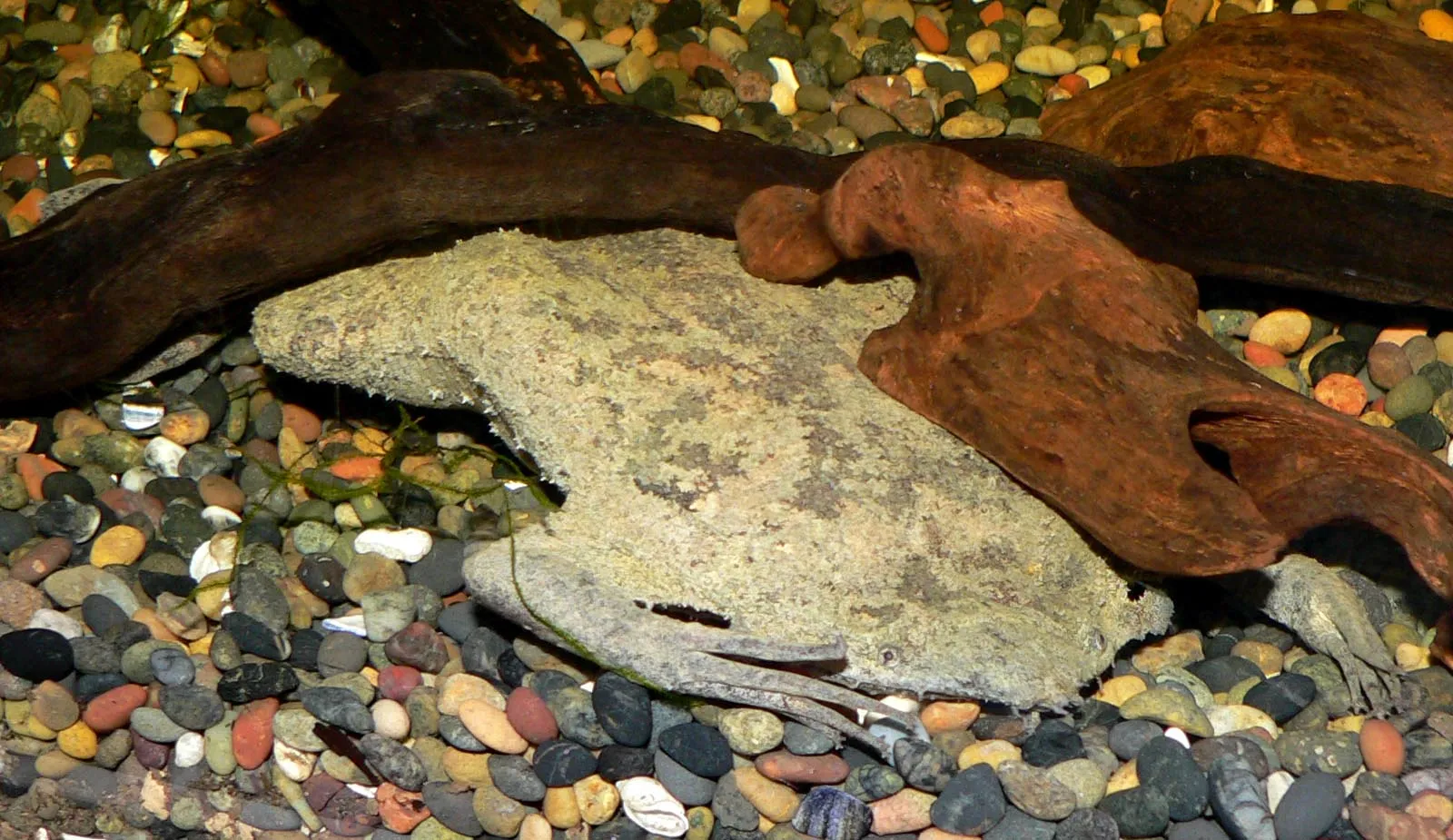
| Property | Value |
|---|---|
| Scientific Name | Pipidae |
| Taxonomic Status | FAMILY |
| Rank | Family |
| Vernacular Names | tongueless frogs |
| Kingdom | Animalia |
| Phylum | Chordata |
| Class | Amphibia |
| Order | Anura |
| Family | Pipidae |
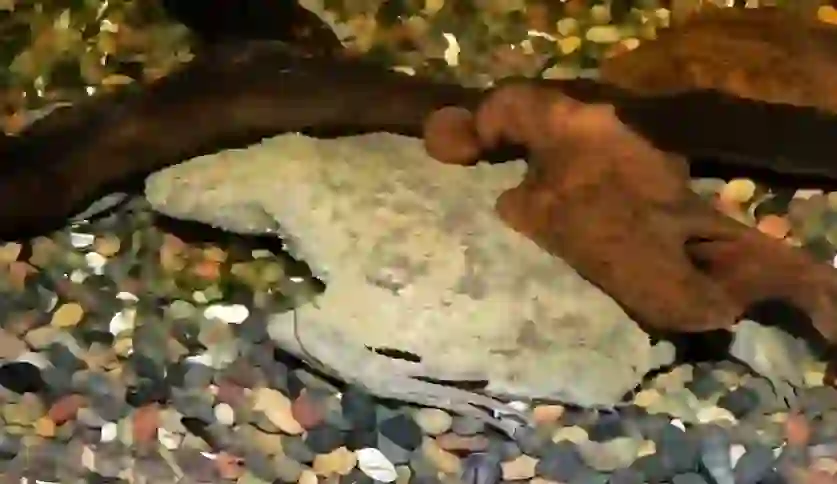
Pipidae is a family of aquatic frogs found in Africa and South America.
They are characterized by their flattened bodies, small heads, and well-developed webbed hind feet.
Pipidae frogs lack tongues.
Pipidae Q&A

What kind of frogs are Pipidae?
Pipidae frogs are fully aquatic and spend their entire lives in water.
They live in calm water bodies like ponds, swamps, and lakes.
Their flattened bodies are well-suited for hiding on the bottom, and their webbed hind feet allow them to swim powerfully.
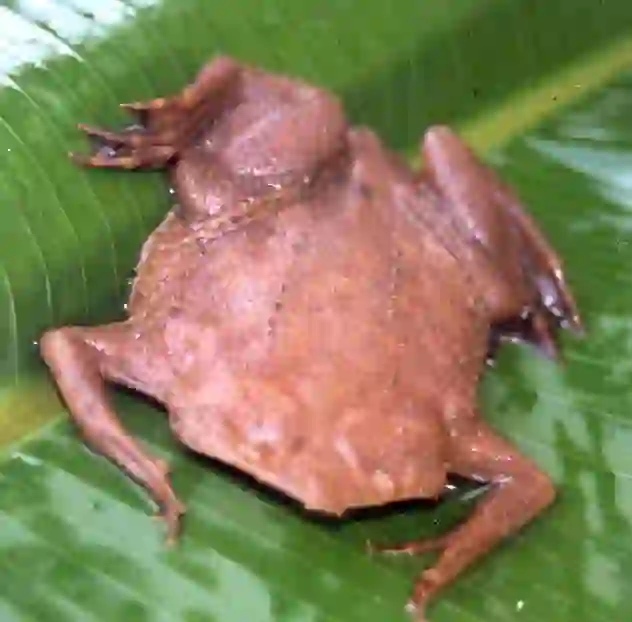
How do Pipidae breathe?
Pipidae frogs breathe through their skin (cutaneous respiration) and the lining of their mouths (buccopharyngeal respiration).
Their skin is extremely thin, allowing blood vessels to show through.
Their mouth lining is also rich in blood vessels, enabling them to absorb oxygen from the water by opening and closing their mouths.
.webp?alt=media)
What do Pipidae eat?
Pipidae frogs are carnivorous and feed on aquatic insects, crustaceans, and small fish.
As they lack tongues, they capture their prey by suction, engulfing it with their wide-open mouths.
.webp?alt=media)
How do Pipidae raise their young?
Pipidae frogs have a unique method of raising their young. The female lays her eggs on the male's back, and he protects them until they hatch.
In some species, the female's back skin develops into a spongy layer that envelops and protects the eggs until they hatch.
The hatched tadpoles live on the female's back for a while before entering the water to continue their development.
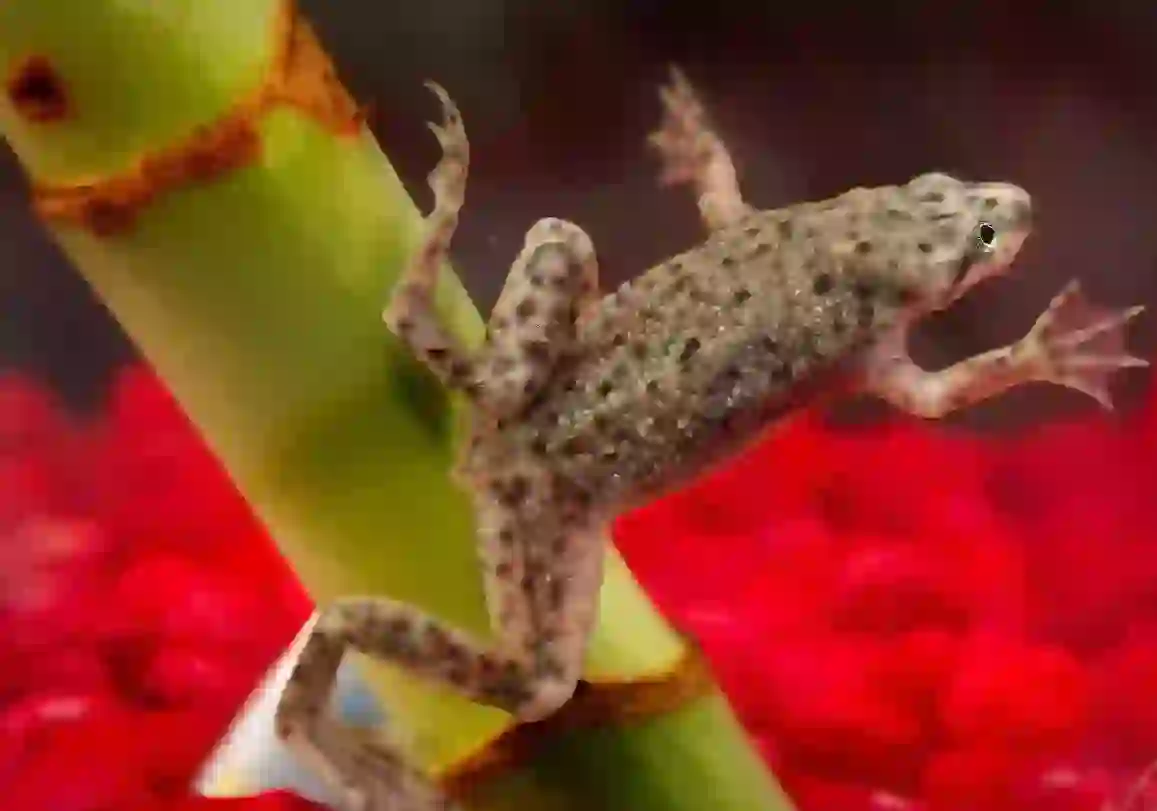
Are Pipidae endangered?
Some Pipidae species face population decline due to habitat loss and pollution.
The African Clawed Frog ( *Xenopus laevis* ), in particular, is widely exported worldwide for use as laboratory animals and pets, leading to a decline in their native populations.
Protecting their habitat is crucial for the conservation of Pipidae frogs.

Would you like to become a part of the 'Animalbook.jp'?
Turn your knowledge into Q&A and share it with the world. ※Publication will be activated after purchase. Let's share information together!
Pipidae Type of List

・Genus *Pipa*
・Genus *Xenopus*
・Genus *Hymenochirus*
・Genus *Pseudhymenochirus*
Information
Congratulations! You are the first commenter!

Create Your Favorite List!
Pipidae
Save the animals you love! Build your own list to quickly revisit your favorites later.

Would you like to leave a comment?
※Please note: This is for the purchase of rights to post comments within the article.
Find Your Favorites!
Our shop offers a unique and attractive selection of goods themed around various animals.
Pipidae References
Pipidae Introduction of media used

Stan Shebs, CC BY-SA 3.0, via Wikimedia Commons

Hugo Claessen, CC BY-SA 2.5, via Wikimedia Commons
.webp?alt=media)
Dein Freund der Baum, CC BY-SA 3.0, via Wikimedia Commons
.webp?alt=media)
JSutton93, CC BY-SA 4.0, via Wikimedia Commons

James Gathany, Public domain, via Wikimedia Commons
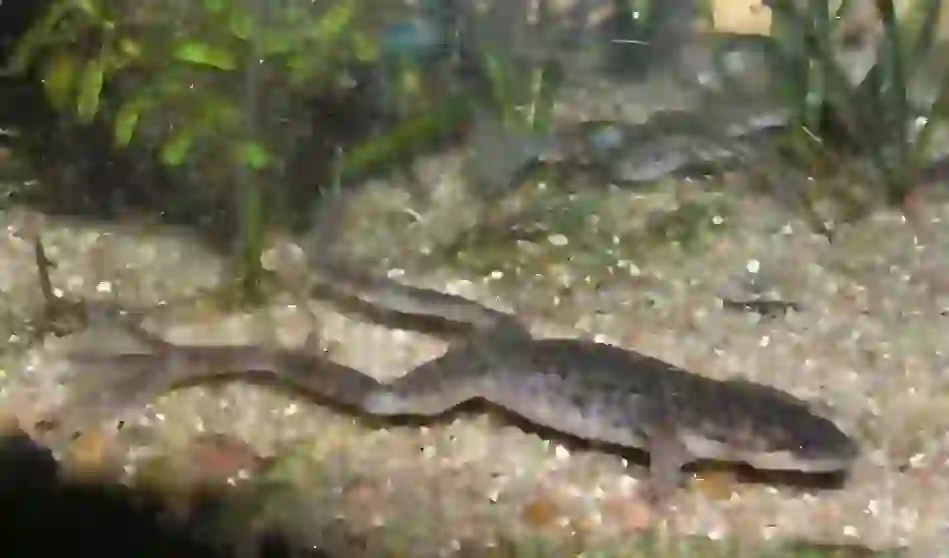
Mwatro, CC BY-SA 3.0, via Wikimedia Commons
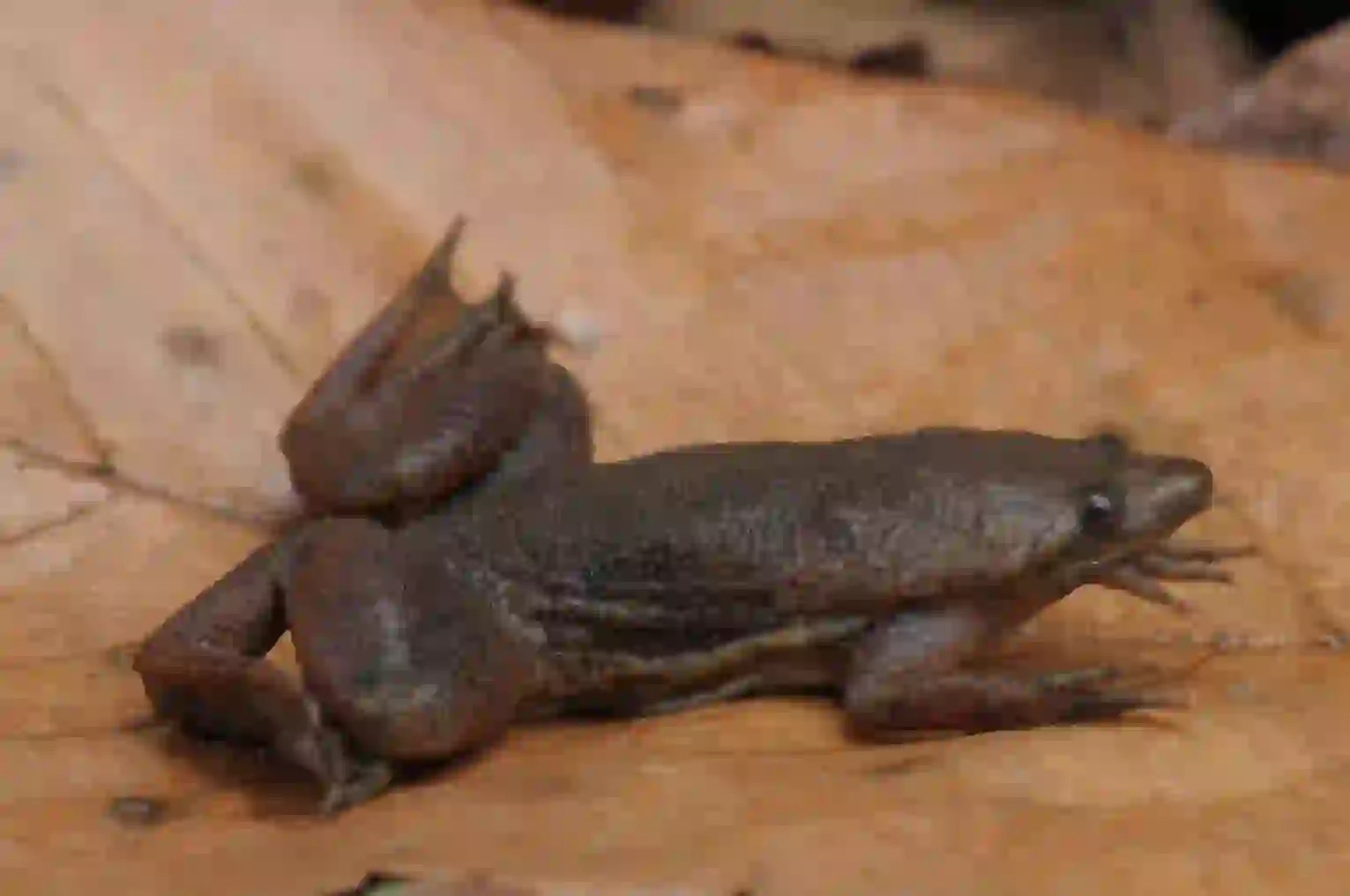
Renato Augusto Martins, CC BY-SA 4.0, via Wikimedia Commons
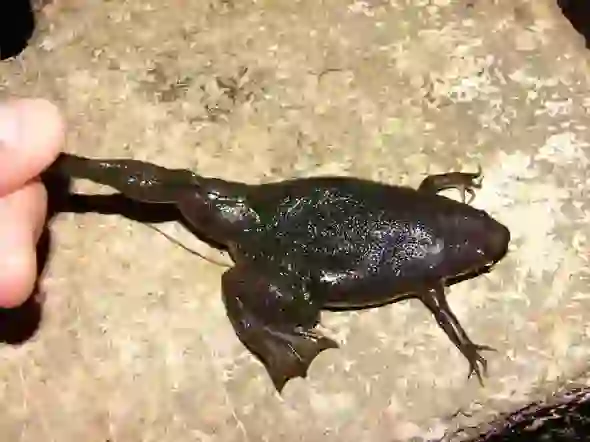
Lucas Grandinetti, CC BY-SA 2.5, via Wikimedia Commons

Help Enrich Our Animalbook.jp with Your Media!
We are constantly looking to expand and enrich our Animalbook.jp with amazing photos and videos of animals. If you have any media that you'd like to share, please contribute and help us showcase the beauty and diversity of the animal kingdom. Your submissions will be credited and featured in our encyclopedia, reaching a wide audience of animal lovers.


















